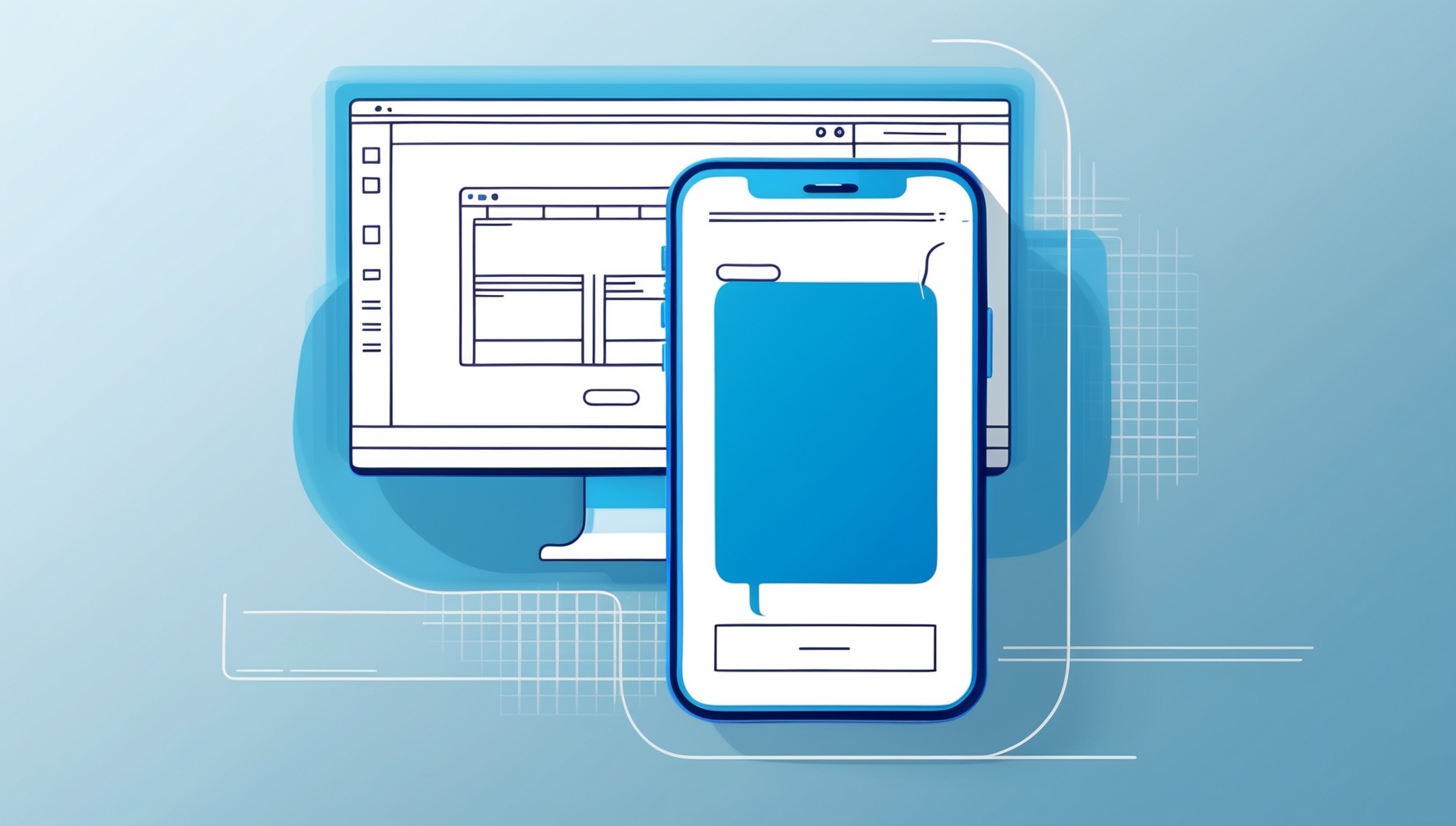In the digital age, the success of a website largely depends on its ability to deliver a seamless and enjoyable user experience. User Experience (UX) and User Interface (UI) design are critical components of web design that work together to create websites that are not only visually appealing but also functional, user-friendly, and effective in achieving business goals. Understanding the role of UX/UI in web design can help in crafting websites that resonate with users and drive engagement.
1. Understanding UX Design
UX design focuses on the overall experience a user has while interacting with a website. It involves designing the website’s structure, functionality, and flow to ensure that users can easily navigate and achieve their objectives without frustration.
- User-Centered Design: UX design is all about understanding the needs, behaviors, and goals of users. By placing the user at the center of the design process, designers create websites that are intuitive and easy to use.
- Research and Analysis: UX designers conduct extensive research, including user interviews, surveys, and usability testing, to gather insights into what users want and need. This research informs the design decisions, ensuring that the website meets user expectations.
- Wireframing and Prototyping: UX designers use wireframes and prototypes to map out the website’s layout and functionality before any visual design is applied. This allows for testing and refining the user journey, ensuring a smooth experience from start to finish.
2. Understanding UI Design
UI design, on the other hand, is concerned with the visual aspects of a website—the look and feel of the user interface. It involves designing the layout, typography, color schemes, and interactive elements that users interact with on the screen. Considering the importance of responsive design, UI designers have to ensure that the website adapts seamlessly to different screen sizes, providing a consistent experience across devices.
- Visual Appeal: UI design ensures that the website is aesthetically pleasing and aligns with the brand’s identity. It uses visual elements like fonts, colors, and images to create a cohesive and engaging look.
- Consistency: A key aspect of UI design is maintaining consistency across all pages of the website. Consistent design elements help users navigate the site more easily and provide a more professional and polished appearance.
- Interactive Elements: UI designers focus on the buttons, menus, and other interactive elements that users click on or interact with. These elements need to be designed in a way that is intuitive and responsive, enhancing the overall user experience.
3. The Relationship Between UX and UI
While UX and UI are distinct disciplines, they are deeply interconnected and work hand-in-hand to create a successful website. UX design lays the foundation by focusing on the structure and functionality of the website, ensuring that it meets the needs of the users. UI design builds on this foundation by enhancing the visual aspects, making the site attractive and easy to use.
- Collaboration: Successful web design projects require close collaboration between UX and UI designers. UX designers ensure that the website is user-friendly, while UI designers make sure it is visually appealing and aligned with the brand.
- Balance: A website with a strong UI but poor UX may look good but fail to meet users’ needs, leading to frustration and high bounce rates. Conversely, a site with strong UX but weak UI may be functional but fail to engage users visually. The key is to find the right balance between form and function.
4. Impact on User Engagement and Conversion
The role of UX/UI in web design is crucial in influencing user engagement and conversion rates. A well-designed website with a strong UX/UI can lead to higher user satisfaction, increased time on site, and better conversion rates. Incorporating effective landing page elements, such as clear calls to action and compelling visuals, further enhances the user journey and drives conversions.
- User Satisfaction: When users find a website easy to navigate and visually appealing, they are more likely to have a positive experience, leading to higher satisfaction and repeat visits.
- Increased Conversions: A website that is designed with both UX and UI in mind can guide users smoothly through the conversion funnel, whether it’s making a purchase, signing up for a newsletter, or filling out a form.
- Brand Perception: The UX/UI of a website also plays a significant role in how a brand is perceived. A well-designed website can enhance brand credibility and trust, while a poorly designed site can harm the brand’s reputation.
Conclusion
The role of UX/UI in web design cannot be overstated. By focusing on creating a website that is both user-friendly and visually appealing, businesses can improve user engagement, satisfaction, and conversions. Whether you’re designing a new website or revamping an existing one, prioritizing UX/UI design is essential for success in today’s digital landscape.






